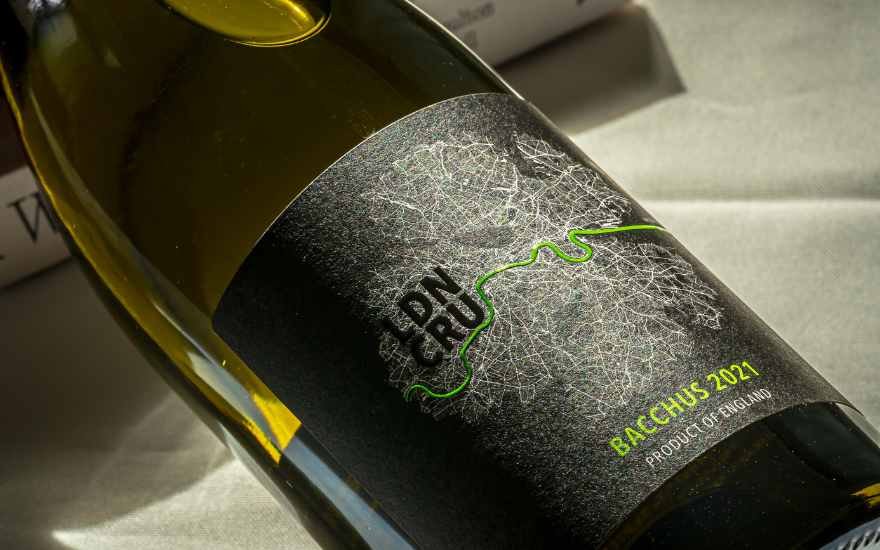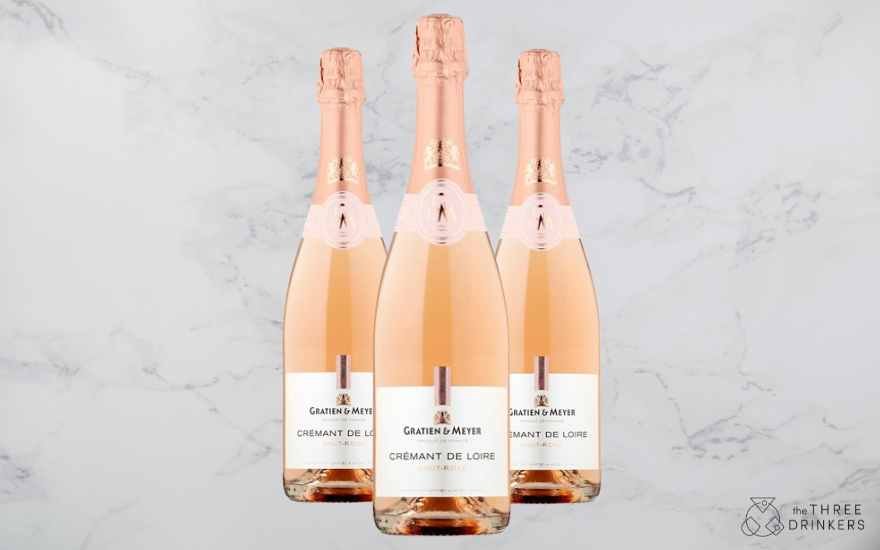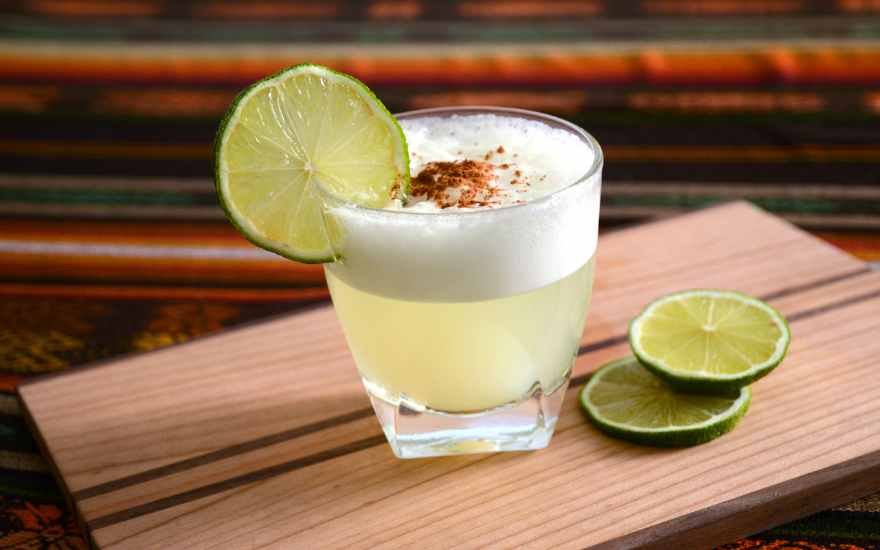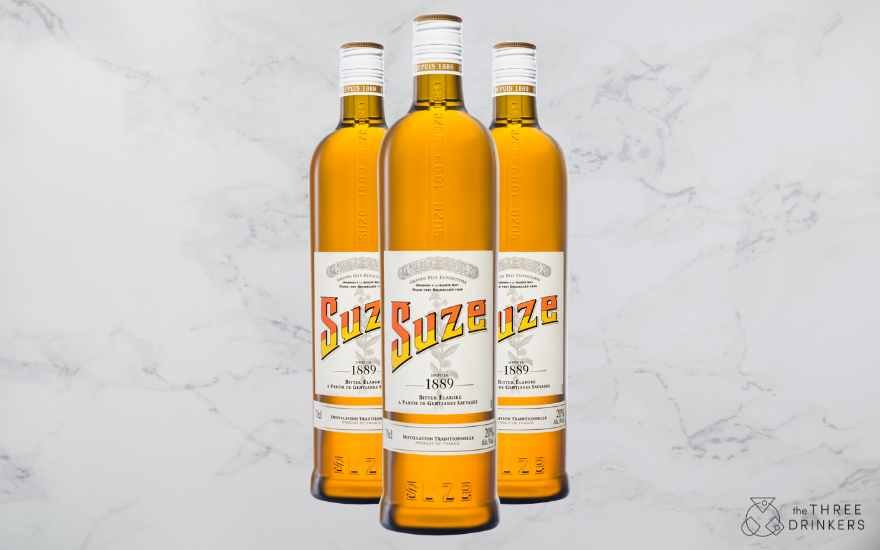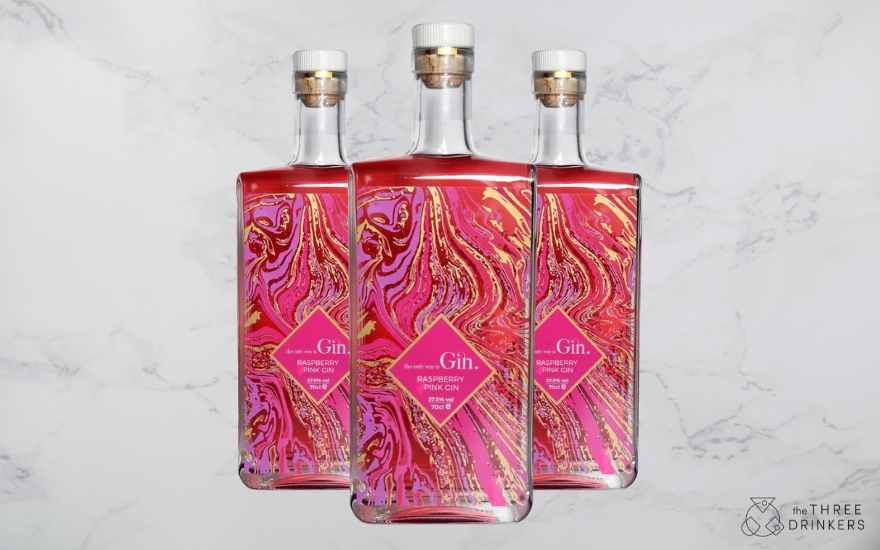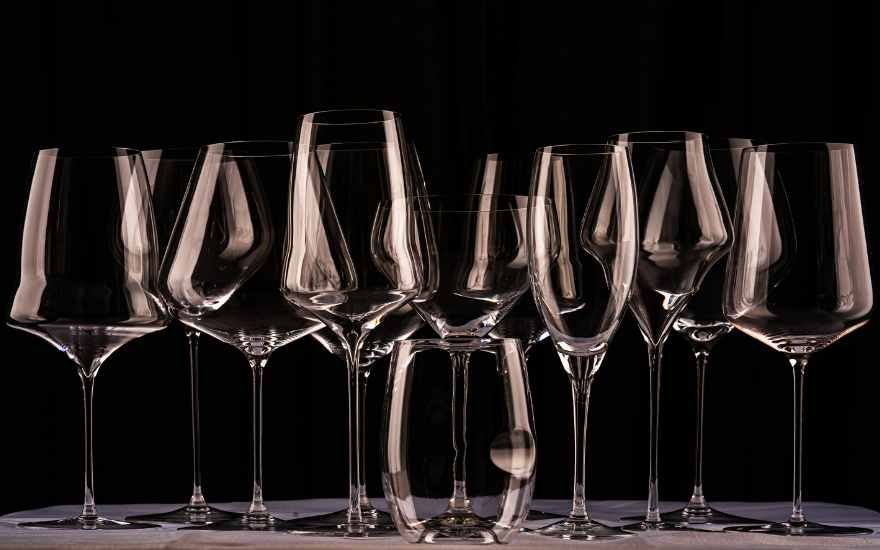In the modern realm of craft cocktail bartending, bartenders are always looking for ways to impart complex flavour profiles with real depth into their signature slings. From organic produce such as fresh fruit and vegetables to specialist ingredients such as acid powders and thickening and emulsifying agents, anything that can add complexity in flavour and texture can and will be employed.
To understand how to use tea effectively, we must first understand the variations of tea. The two major categories are herbal teas made using various herbs and spices steeped in hot water and include chamomile, ginger, and peppermint teas, and tea coming from the tea plant, Camellia Sinensis, which has six further subcategories; green, white, yellow, oolong, black and dark. The difference between these six types of tea is how the raw leaves are processed post-harvest.
Tea has versatility in not only breadth but also depth. When using tea in a cocktail there are two main questions to ask yourself before starting your process - What kind of tea do I want to use? And what kind of flavours do I want to extract from the tea leaves? The answer to these questions will determine what kind of tea leaves to use and how to impart their flavours into your libation.
With this knowledge, we will explore some of the delicious brew-based cocktails created by bartenders worldwide and the various techniques they employ!
SPIRIT INFUSION
The Earl Grey Marteani was created by legendary New York City bartender Audrey Saunders for the opening menu of her bar Pegu Club. This gin-sour serve is a brilliant introduction to tea, cocktails, and both in combination, owing to its ease of replicability and the fact that it is just damn delicious.
The recipe calls for Earl Grey tea-infused gin, which may seem daunting to a beginner but requires no speciality equipment and minimal active time. Simply add ¼ cup or 8 grams of loose leaf earl grey tea to 750ml of London Dry Gin and leave to steep for at least 2 and up to 8 hours, before straining through a coffee filter and bottling.
Looking at Saunders’ choice of process is intriguing here as an infusion into the spirit allows the alcohol to leech out the flavour faster than cold brewing it before turning the cold brewed tea into a syrup, as well as allowing for a more shelf stable product than a tea syrup!
With these pros, however, always comes a con. As alcohol leeches out flavours a lot faster than water, it also pulls out the bitter tannic profile contained in all kinds of teas. To combat this, Saunders added egg white to the drink to soften the bitter, tannic finish of the drink.
While infusing the tea into spirit was ideal for Saunders’ application, infusing tea into a whole bottle of gin may not be the most ideal for home bartending use, so let’s turn our heads to the alternative of tea syrups!
SYRUP INFUSION
Image credit: 1820rooftopbar on Instagram
When infusing tea into syrup, your choice between hot or cold brewing the tea will determine the flavours you extract from the tea. A cold brewed tea will be a more delicate extraction with the predominant flavour coming from the process used to preserve the tea leaf post-harvest, whereas, a hot brew will give you a more tannic profile a lot more akin to your regular cuppa.
A great example of hot brewed tea syrup in a cocktail is the Apricot + Dragon Ball Tea from the 1820 Rooftop Bar in Edinburgh, which uses a blend of 5 different teas to mimic the flavour profile of Johnnie Walker Black Label!
We spoke with the creative lead on the project Connor Norris on his thought process for the choice of teas and method of extraction:
“The cordial made a lot of sense in this serve, and the blend of teas chosen was based on the tasting notes of Johnnie Walker Black label that were perceived by the team. Rooibos tea was the backbone of the blend, providing the malty base and bridging the gap between the flavours of tea, and single-grain whisky. Lapsang tea offered the smoke that Caol Ila brings, while Hibiscus brought the fruity notes of Cardhu and the floral profile of Glenkinchie. Earl Grey mimicked some of the tropical notes found in Clynelish, and to round it out, Breakfast Tea added the classic tannic flavours that are brought to whisky through their cask aging.”
Connor’s method of infusion was a hot brew using the sous vide, which allowed a quicker infusion for the high-volume purposes of the venue but also allowed the tannic dryness of the tea to contrast against the sweetness of the apricot jam used in the cordial.
It is an all-around delicious beverage so we suggest it as a fantastic example of what a tea cocktail can be if you get the chance to visit.
COLD DISTILLATION
This one is for my fellow cocktail bartenders who stepped into the prep space of their new venue and saw a rotary evaporator (rotovap) for the first time and wondered what exactly they had gotten themselves into - a feeling I have known all too well.
Fear not! As while a rotovap is an expensive and intricate piece of equipment, the theory behind its use is far simpler than the column and pot still distillation processes used in the making of spirits. Applying the same logic of hot versus cold brewing of tea to the vigor of your boil in your distillation chamber, you can achieve an incredible variance of end product while starting with the same raw materials. A few things to note first:
As pressure drops, so does the boiling point of the liquid.
As alcohol by volume increases, the boiling point of the liquid drops.
A rotovap is by no means necessary in making great drinks, with tea or otherwise.
For the sake of example, we will look at making a tea liqueur using distillation.
If the main goal of the extraction was to pull out the bitter tannins from the tea, then keeping the pressure relatively high and boiling aggressively at a higher temperature is the way to go. Whereas if you want to extract the flavours of the tea leaf and how it was processed, drop the pressure very low and keep the temperature low to keep the liquid on a simmer.
An old head bartender of mine once said that using a rotovap is very similar to using a barbecue - learning to read the fire and use that to your advantage is one of the keys to good barbecues. In the case of a rotovap, learning to read the boil and pressure and adjusting those to achieve the flavours that you want from them is the key to good rotovapped cocktails!
With this new-found knowledge of tea and infusion methods, you can sling yourself up a delicious tea cocktail with minimal faff for the home bartender, or go all the way to distillation for the professionals! An exciting world awaits…
By Fowwaz Ansari

















